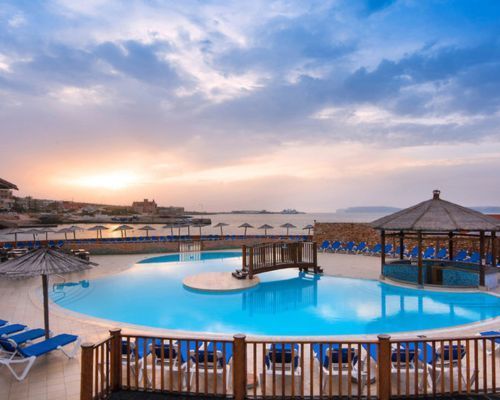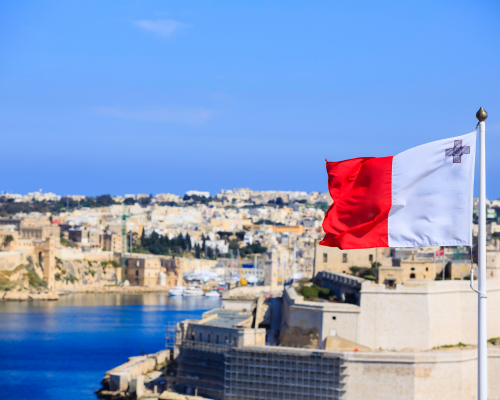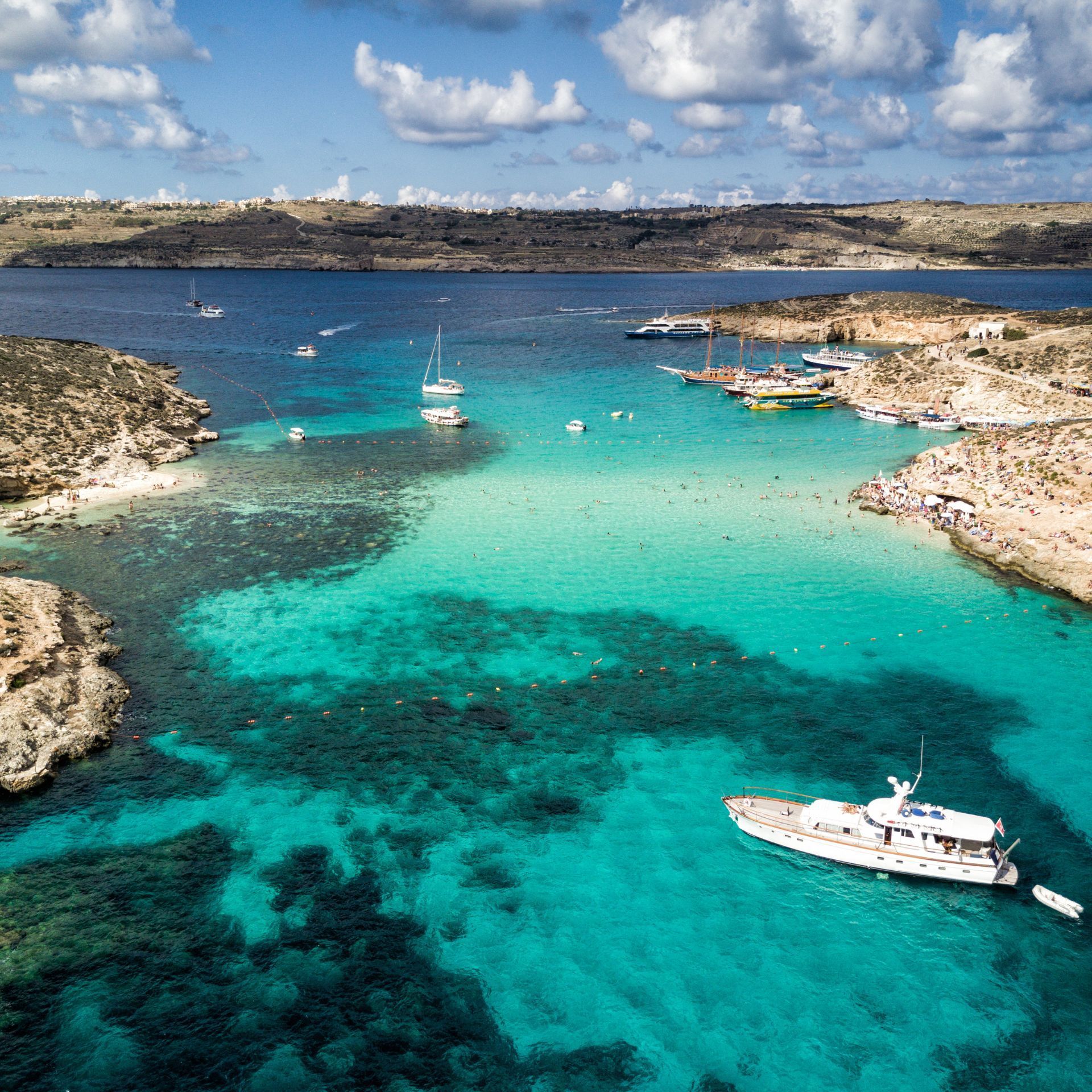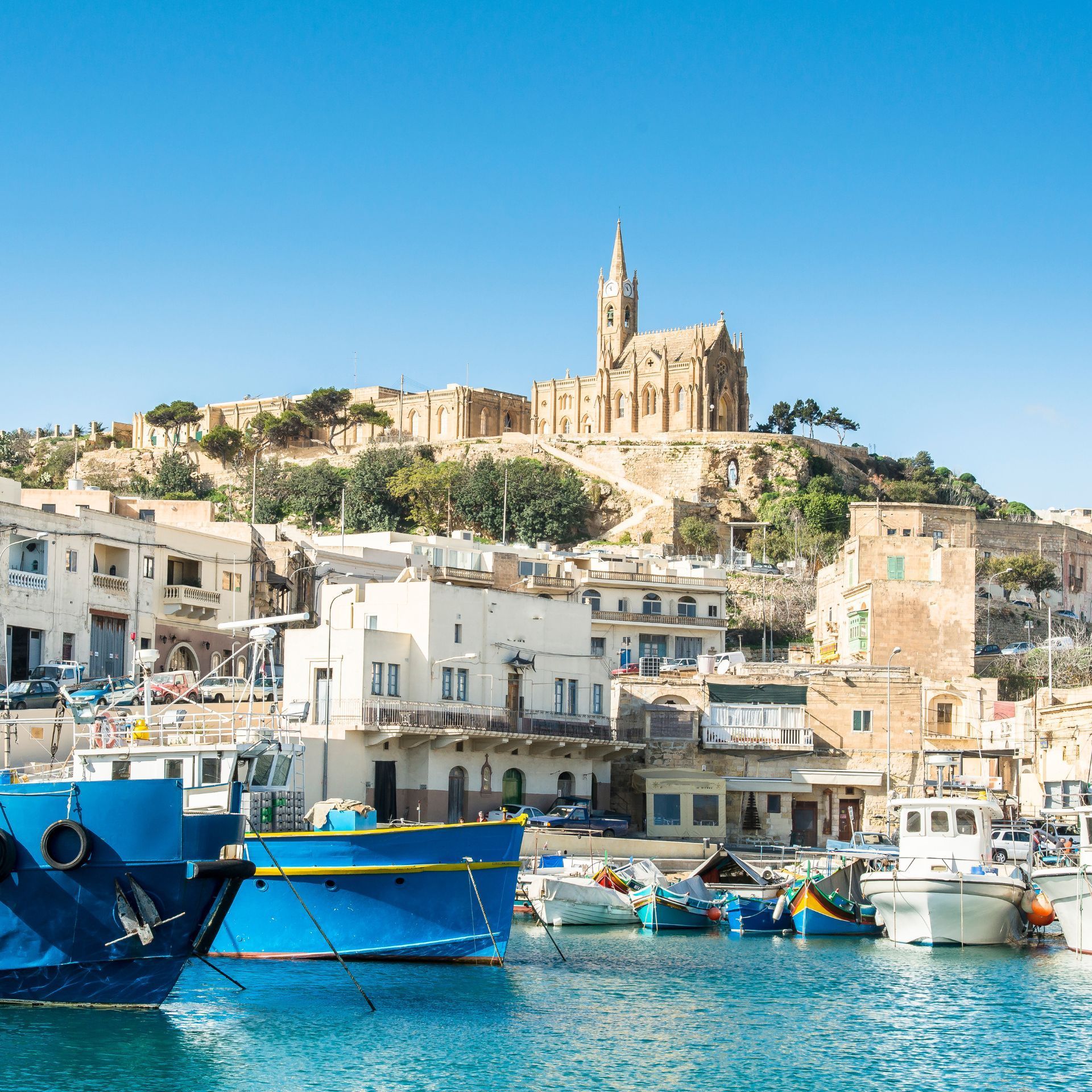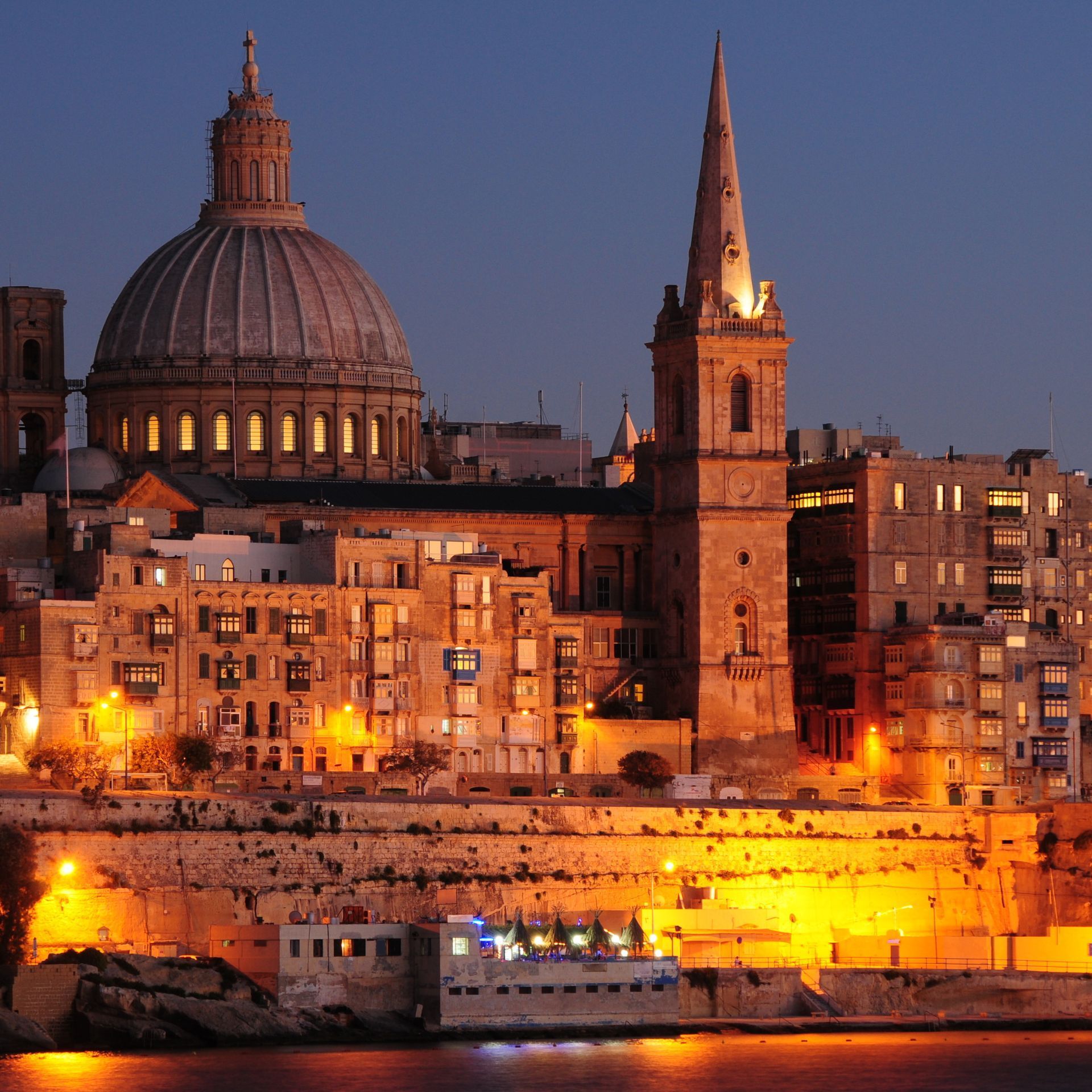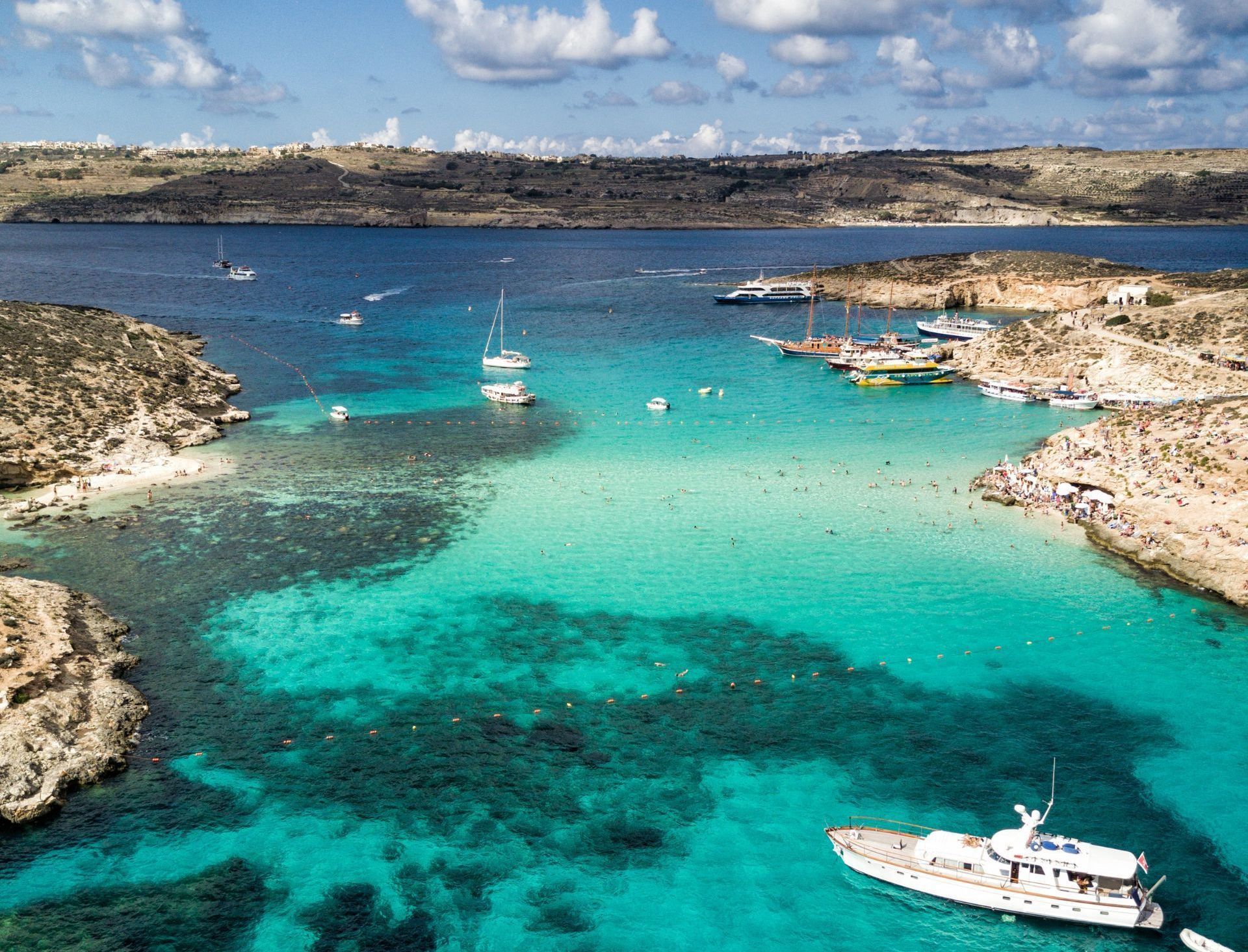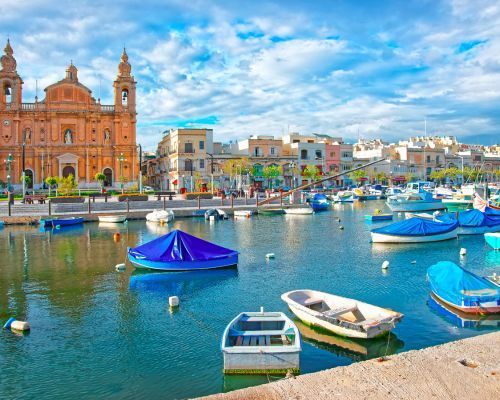
What to See and Do in Malta
Malta offers an incredible mix of sightseeing, outdoor fun, and cultural experiences. Visit ancient temples like Ġgantija and Hagar Qim, older than the pyramids of Egypt. Wander through the narrow alleys of Mdina or enjoy the rich history of Valletta’s forts and palaces. For nature lovers, take a boat to the Blue Grotto or snorkel in the Blue Lagoon’s crystal-clear waters. Gozo is great for hiking, diving, and exploring rural landscapes, while Comino is perfect for day trips and swimming spots. Malta also hosts colourful village festas throughout summer, offering a unique glimpse into local life.
Food & Drink in malta
Maltese cuisine is a delicious fusion of Mediterranean influences, with Italian, North African, and British touches. Must-try dishes include rabbit stew (fenek), pastizzi (flaky pastries with ricotta or peas), and stuffat tal-fenek. Fresh seafood is common, especially in coastal villages like Marsaxlokk. You’ll also find plenty of pasta, stews, and rustic breads. Don’t miss ftira, a traditional Maltese sandwich, and local desserts like imqaret (date-filled pastries). Pair your meal with local wines, Cisk lager, or a splash of Kinnie, Malta’s own bittersweet soft drink.
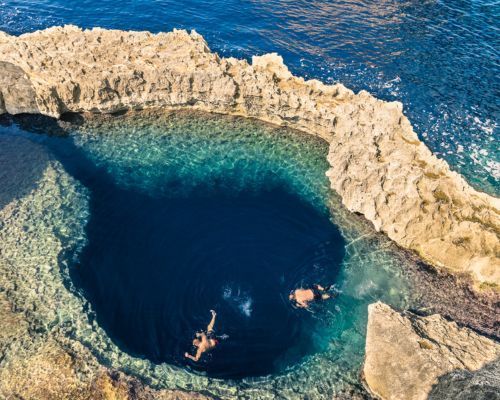
Best Time to Visit
Malta enjoys over 300 days of sunshine a year. The best time to visit is spring (April to June) or autumn (September to October) when the weather is warm but not too hot, and the island is less crowded. Summer (July and August) is perfect for beach holidays and festas but expect higher temperatures and busy spots. Winter (November to March) is mild and ideal for sightseeing, though swimming may be off the cards.
Average Flight Time
3.5 to 4 hours.
Currency
Malta uses the Euro as its currency.
Time Difference
+1 Hours.
malta's AVERAGE TEMPERATURE
Contact us below if you have any queries!







